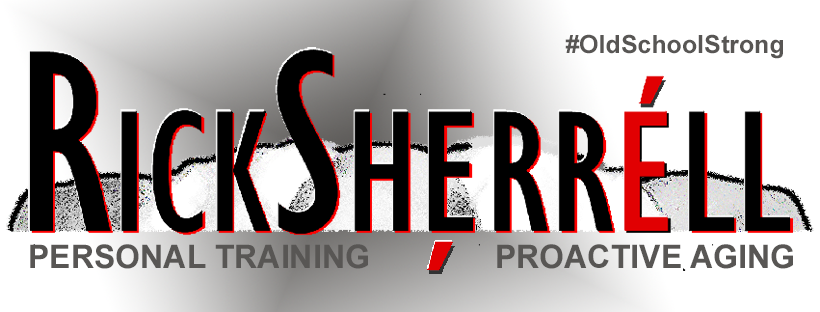
Let’s face it: pickleball can be murder on your shoulders if you’re not careful—especially as we get older and our joints start voicing their opinions. In my “blueprint” philosophy, we focus on total-body harmony—which means we don’t just play; we prepare and protect so we can keep playing for years to come. Your rotator cuff is a prime example of where that matters most.
What’s the Rotator Cuff, and Why Does It Matter?
Your rotator cuff is a group of four small muscles (and their tendons) that wrap around your shoulder joint, stabilizing it and helping you lift and rotate your arm. Whether you’re going for a powerful overhead smash or a sneaky drop shot, these muscles are the unsung heroes behind every swing. That is, until they start screaming in pain.
Common Causes of Shoulder Pain in Pickleball
- Overuse & Repetitive Motions: Fast, frequent swings—especially overhead shots—can strain the cuff muscles if they’re not well-conditioned or given enough rest.
- Poor Technique: An improper serve or a wild overhead can place excessive stress on your shoulders. As fun as a big wind-up can be, it might be sending your rotator cuff to the ER.
- Weak Supporting Muscles: If your surrounding muscles (like the upper back, chest, and core) aren’t doing their fair share, your rotator cuff has to pick up the slack, leading to imbalance and overuse injuries.
- Aging & Degeneration: Let’s be real: the older we get, the more wear and tear we accumulate. Even if you’ve been a couch potato turned pickleball fanatic, your shoulders might carry the brunt of old injuries or just plain mileage.
Prevention: The Best Offense is a Good Defense
- Warm Up, Don’t Show Up Cold: Take a few minutes before you hit the court to do shoulder circles, arm swings, and light resistance band work. A dynamic warm-up helps lubricate the joints and prime the muscles for action.
- Strengthen the Supporting Cast: A strong upper back, chest, and core help distribute the workload so your rotator cuff isn’t doing all the heavy lifting. Exercises like rows, push-ups (modified if needed), and planks will support your shoulder health in the long run.
- Practice Good Technique: Keep your swings smooth and your form consistent. If you’re not sure you’re doing it right, ask a more experienced player or a coach to check your mechanics. Small tweaks can make a huge difference in shoulder strain.
- Use the Right Equipment: A paddle with an appropriate weight and grip size can reduce stress on your shoulder. Lighter paddles may be easier to maneuver—especially for overhead shots.
- Pay Attention to Fatigue: As soon as you feel your shoulder getting tired or achy, take a break. In my Proactive Aging Blueprint, recovery is just as critical as training. Overdoing it one day can mean a week (or more) of forced rest later.
Treatment: When Your Shoulder is Already Screaming
- Rest and Ice: Give your shoulder a little vacation. Apply ice for 15-20 minutes at a time to reduce inflammation. Gentle stretching and slow, pain-free movements can help keep things from stiffening up.
- Physical Therapy or Targeted Exercises: Think band external rotations, scapular retractions, and light dumbbell exercises focusing on shoulder stabilization. A physical therapist (or knowledgeable trainer) can tailor a program specifically for your rotator cuff needs.
- Anti-Inflammatory Measures: Non-steroidal anti-inflammatory drugs (NSAIDs) or topical gels (with your doctor’s okay) may provide some relief. Some folks also swear by heat therapy or contrast baths (hot-cold).
- Gradual Return to Play: Don’t jump back into full matches the minute your shoulder feels slightly better. Ease in with half-speed drills, focusing on proper form. If pain returns, back off and reassess.
- Assess Your Overall Blueprint: If shoulder pain keeps flaring up, it might indicate a deeper issue—like weakness in your core or imbalance in the muscles around your scapula (shoulder blade). Revisit your training plan, and make sure you’re building total-body resilience, not just forging ahead with your normal routine.
The Blueprint Bottom Line
A healthy rotator cuff is the cornerstone of a powerful, pain-free pickleball game. By prioritizing warm-ups, strength work, and mindful movement, you’re laying down a foundation that supports not just your shoulders, but your entire kinetic chain. Your body works as one cohesive unit—so if your shoulders are calling out for help, it’s time to listen and adjust the blueprint accordingly.
Remember: the goal isn’t just to play better today, it’s to keep playing for tomorrow. Show your shoulders some love, and they’ll reward you with plenty more rallies on the court.
PEACE.
Rick
